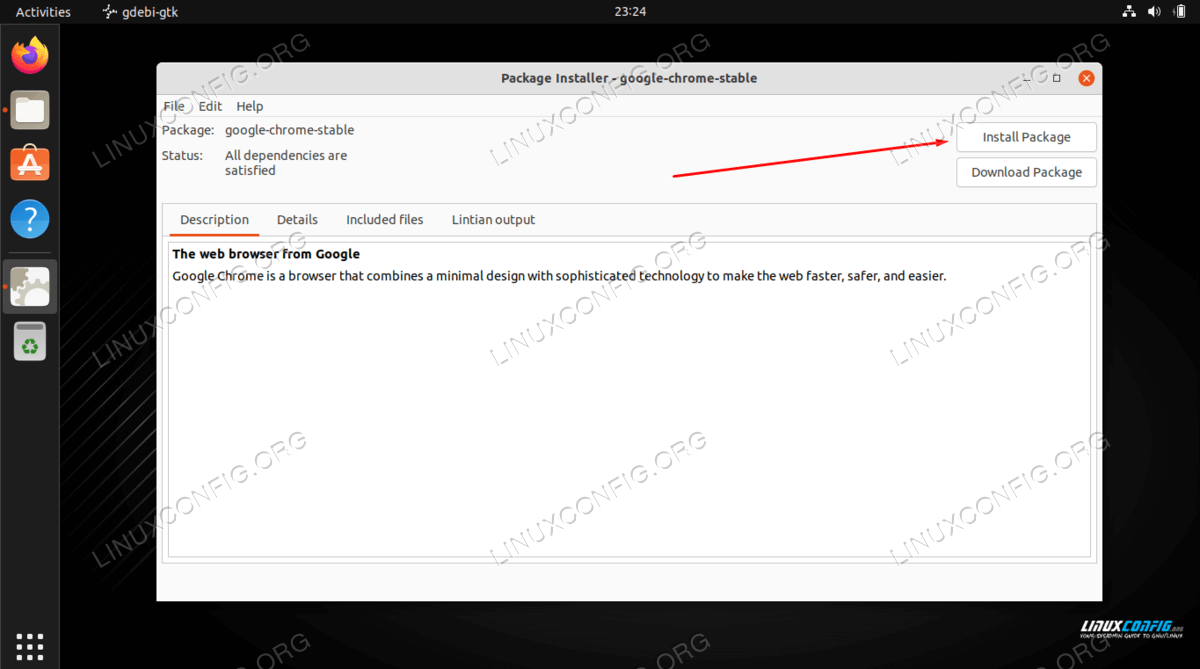

Remove a package (but not its configuration files): dpkg -remove That the 'configure' operation takes as its argument a package name (e.g.,įoo), not the name of a Debian archive file (e.g.,Įxtract a single file named "blurf" (or a group of files named "blurf*") from aĭebian archive: dpkg -fsys-tarfile foo_b | tar -xf. The files listed in the conffiles for this package. Among other things, this action runs the postinst (see Section 7.6, “What is a Debian preinst, postinst, prerm, and postrm script?”) script associated with the package. Preinst (see Section 7.6, “What is a Debian preinst, postinst, prerm, and postrm script?”) script associated with theĬonfigure a package that already has been unpacked: dpkg -configureįoo. ThisĬommand removes any already-installed version of the program and runs the Usable state some files may need further customization to run properly. Operation does not necessarily leave the package in a Unpack (but do not configure) a Debian archive into the file system of the hardĭisk: dpkg -unpack foo_b. Install a package (including unpacking and configuring) onto the file system of A file system repository can be placed in to any subdirectory of any directory specified here.Print out the control file (and other information) for a specified package: Each plugin will be contained in a subdirectory. Canīe overridden by setting the ES_JAVA_HOME environment variable

The bundled Java Development Kit used to run Elasticsearch. The location of the data files of each index / shard allocated Generated TLS keys and certificates for the transport and http layer.

Path is to the auto-generated CA certificate for the HTTP layer.īinary scripts including elasticsearch to start a nodeĪnd elasticsearch-plugin to install pluginsĬonfiguration files including elasticsearch.ymlĮnvironment variables including heap size, file descriptors. Use the CA fingerprint editĬopy the fingerprint value that’s output to your terminal when Elasticsearch starts, andĬonfigure your client to use this fingerprint to establish trust when itįingerprint of the security certificate by running the following command. To your machine and configure your client to use it. If the auto-configuration process already completed, you can still obtain theįingerprint of the security certificate. Other clients can establish trust by using either the fingerprint of the CAĬertificate or the CA certificate itself. Fleet Server and Fleet-managedĮlastic Agents are automatically configured to trust the CA certificate.

Any clients that connect to Elasticsearch,īeats, standalone Elastic Agents, and Logstash must validate that they trust theĬertificate that Elasticsearch uses for HTTPS. The hex-encoded SHA-256 fingerprint of thisĬertificate is also output to the terminal.


 0 kommentar(er)
0 kommentar(er)
